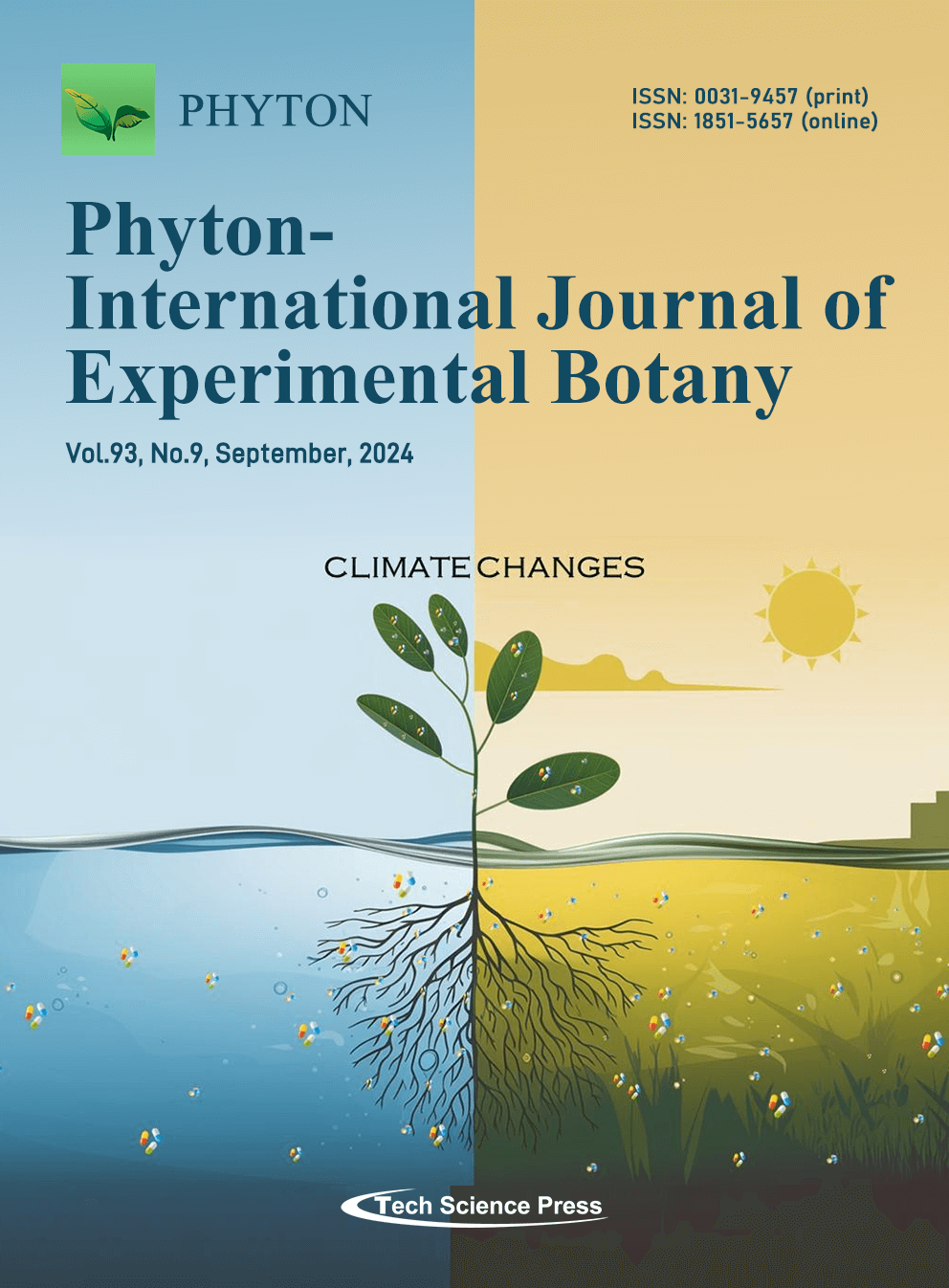
The review article delves into the intricate relationships between climate change, water quality, and phytoremediation, the natural process through which aquatic plants remove contaminants like pharmaceuticals from ecosystems. The cover image visually encapsulates these themes, comparing a healthy ecosystem where plants effectively filter contaminants with a stressed environment where the same processes falter. It highlights the challenges posed by rising temperatures, increased pollution, and other climate-driven factors that affect phytoremediation efficiency. This dynamic exploration is crucial for understanding how we can adapt and enhance our environmental strategies to safeguard water quality in the future.
View this paper